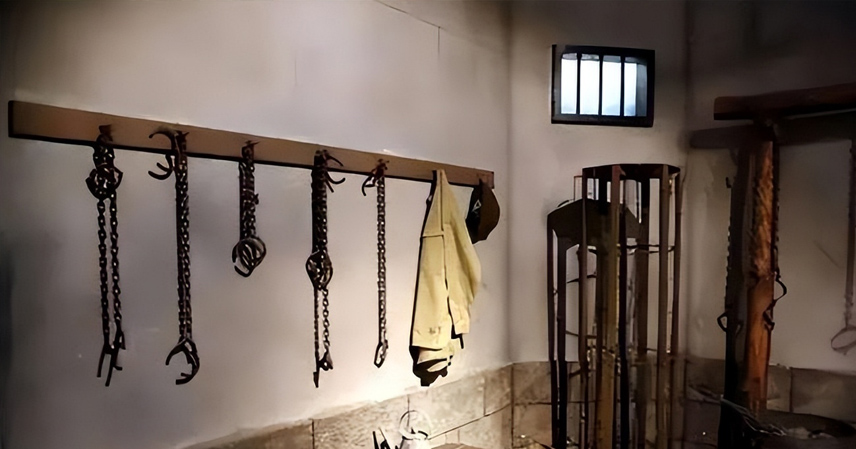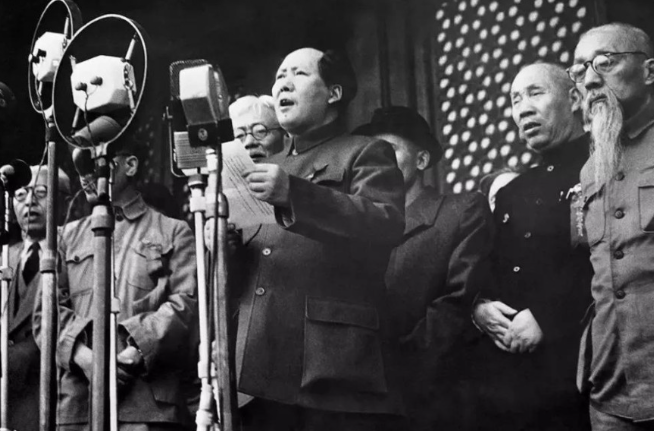Introduction: A Smile Before Death
When we think of ancient Chinese punishment, images of beheadings, floggings, or shackles often come to mind — swift, brutal, and bloody. Yet beneath this harsh exterior lay another, more insidious form of cruelty: punishments that killed not with swords or fire, but with sensation, fear, and psychological collapse. Known later as “gentle punishments,” these methods appeared bloodless on the surface but were often far more agonizing. They blurred the line between mercy and torture, making victims die laughing, standing, or slowly losing consciousness — a grim paradox of control disguised as softness.
From Blades to Laughter: How Ancient Punishment Evolved
The earliest purpose of punishment in ancient China was straightforward — deterrence and order. In primitive tribal societies, rule-breakers faced public marking or mutilation: faces tattooed with black ink (mo xing) or feet severed under the yue xing. Archaeological excavations in Shanxi’s Taosi site revealed skeletons with missing feet, evidence that corporal mutilation was already standard during the Xia and Shang periods.
The Book of Documents (Shang Shu) codified the infamous Five Punishments:
- Mo — tattooing the face,
- Yi — cutting off the nose,
- Yue — amputation of feet,
- Gong — castration,
- Da Pi — capital punishment.
Each targeted the body as both a site of discipline and public humiliation.
By the Tang Dynasty, Chinese law began to emphasize legal rationality over sheer violence. The Tang Code (Tang Lü Shu Yi) listed 232 capital offenses — nearly half the number found under the Qin and Han dynasties, which exceeded 400. On paper, punishment became less severe. In practice, however, pain was refined rather than removed.
The Return of Flesh: Ming and Qing Cruelties
During the Ming and Qing dynasties, physical punishment made a quiet comeback, now shrouded in ritual precision. The most infamous was lingchi — “death by a thousand cuts.” According to Ming statutes, executioners were instructed to slice 3,357 cuts over three days while ensuring the victim remained conscious. Pain became not just retribution but performance, transforming death into an extended ritual of obedience.
Yet behind these spectacles lurked even subtler forms of torment — the “gentle punishments.” They appeared harmless, sometimes even absurd, but worked through the nervous system, exploiting the body’s own reactions against itself.
The “Laughing Punishment”: Death by Sensation
Among the most macabre examples was the so-called “laughing punishment.” Historical and folkloric records describe it vividly: a goat was used to lick the soles of the condemned. The animal’s tongue, covered with rough papillae, continuously stimulated the nerve endings of the foot. The condemned person, unable to stop laughing, would eventually experience respiratory failure and die from asphyxiation — still smiling.
Scholars such as Zhang Ruifang in “A Study on Ancient Chinese ‘Laughing Punishment’” (2018, CNKI) suggest that while direct historical evidence is scarce, the practice reflects a larger cultural fascination with the intersection of pleasure, pain, and control. The expression “笑竭而薨” — “to laugh oneself to death” — encapsulates the eerie poetry of such cruelty.
This was not a punishment of force but of neural manipulation. It bypassed blood and bone to target the mind, turning involuntary laughter into a slow, suffocating demise.
When Animals Became Instruments: The Rat and the Brick
The laughing punishment was only one variant. Others integrated animals into acts of punishment, transforming nature’s instincts into tools of death. One notorious method was the “rat punishment.”
In this procedure, a rat was sealed inside a metal container pressed against a prisoner’s abdomen. Heat was applied to the container’s surface, driving the desperate animal to burrow downward — seeking escape through human flesh. The horror lay not just in the pain but in anticipation: the moment before the animal began to dig. Fear itself became part of the execution.
Another variant emerged in late Ming times — the “standing cage” (zhan long or li jia). The condemned stood upright in a narrow wooden cage, barely two meters tall, supported by bricks beneath the feet. Each day, one brick was removed. Gradually, the victim’s body weight shifted to the neck until suffocation or cerebral hypoxia brought death.
These punishments were designed not for spectacle but for control and precision. Each movement, each delay, each mechanical adjustment extended suffering by design — the art of slow death disguised as civility.
The Psychology of Power: From Physical Pain to Moral Discipline
To the modern reader, these “gentle punishments” appear paradoxical: how could cruelty hide behind calmness? Yet this paradox reveals the logic of power in premodern justice systems. True authority, as Michel Foucault observed in Discipline and Punish, evolves from “punishing the body” to “training the soul.”
Ancient Chinese rulers, long before the Enlightenment, had already begun experimenting with psychological control as an instrument of order. Fear became internalized; the visible spectacle of pain gave way to invisible anxiety — not knowing when, how, or if death would arrive.
These punishments, though primitive, foreshadowed the transformation of punishment from violence to surveillance, from execution to regulation. The cruelty lay less in the act itself than in its choreography — the steady, methodical stripping of autonomy.
The Modern Legacy: From Torture to Law
China’s long journey from corporal punishment to legal rationality reflects civilization’s painful evolution. The abolition of xingfa (physical punishment) culminated in the 2012 revision of the Criminal Procedure Law, explicitly prohibiting forced confessions and reaffirming that no one shall be compelled to testify against themselves.
This reform marked a decisive break from millennia of body-based retribution. Punishment today is defined not by spectacle but by due process — a shift from fear to fairness.
Yet even in modern societies, the debate persists. In Singapore, for instance, judicial caning remains legal, defended by some as effective deterrence and condemned by others as degrading. The tension between deterrence and dignity continues to haunt justice systems worldwide — a moral transition between control and compassion.
Conclusion: The Silent Hand of Authority
The “gentle punishments” of ancient China remind us that cruelty often hides beneath civility. The evolution from beheading and amputation to laughter and suffocation did not diminish violence; it refined it. Power learned to operate quietly — not through the sword’s flash, but through the nervous system, through fear itself.
In history’s mirror, we see not only the brutality of the past but the subtle forms of coercion that persist today. Civilization, it seems, does not eliminate violence — it merely changes its shape.
Understanding these transformations helps us appreciate modern justice as both achievement and warning: that the line between law and cruelty is as thin as a goat’s tongue, and just as sharp.
References
- Zhang, Ruifang. “A Study on Ancient Chinese ‘Laughing Punishment.’” Journal of Chinese Legal History, 2018. [CNKI link placeholder]
- Michel Foucault. Discipline and Punish: The Birth of the Prison. Vintage Books, 1977.
- Book of Documents (Shang Shu) — “Lü Xing” chapter.



